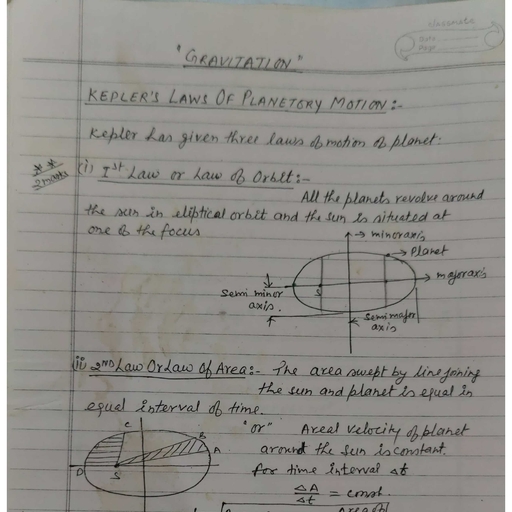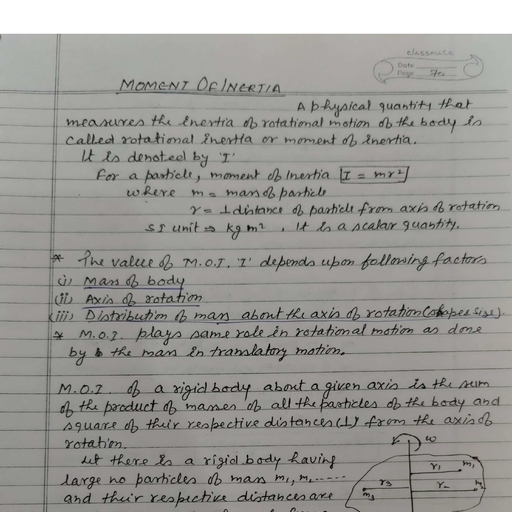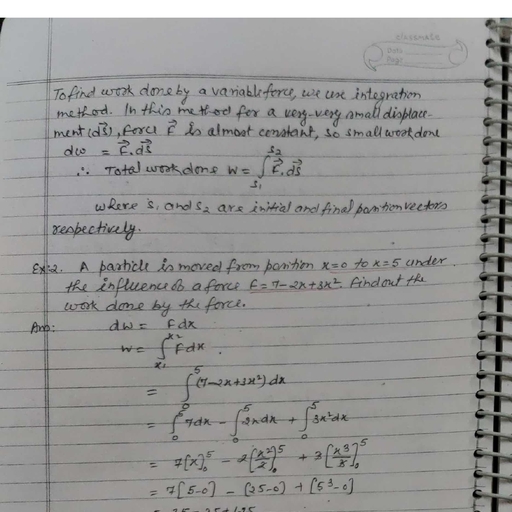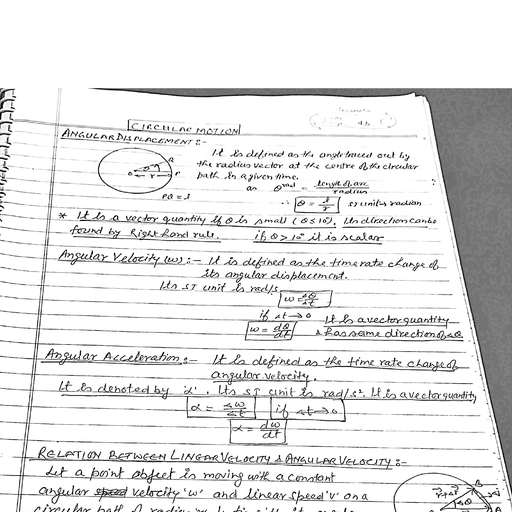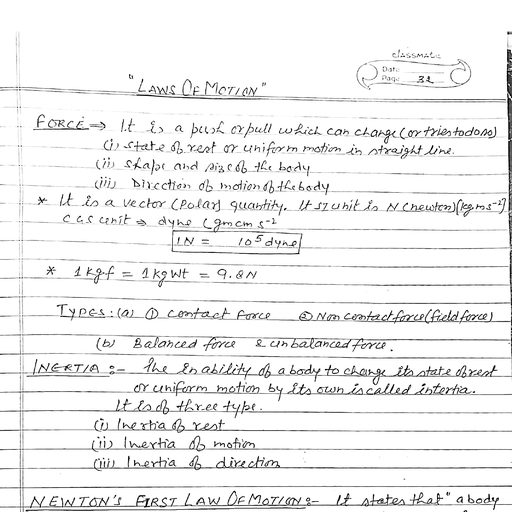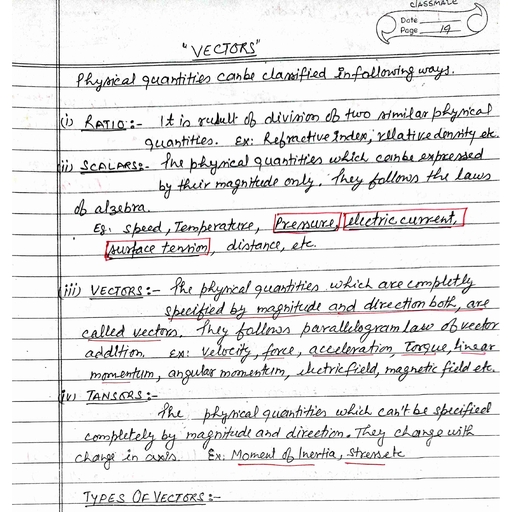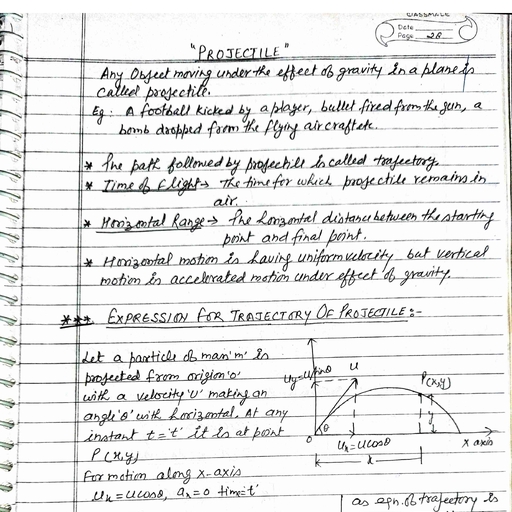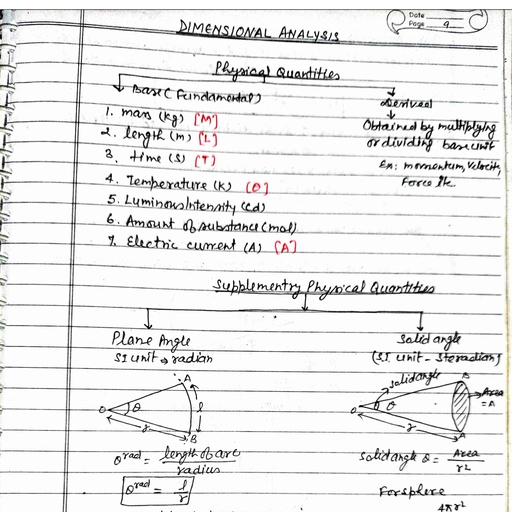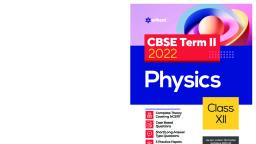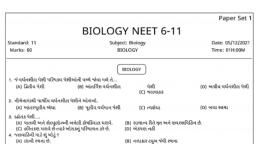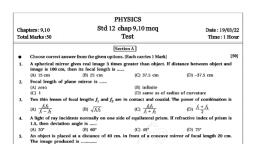Question 1 :
A varying current in a coil change from $10A$ to $0$ in $0.5$sec. If the average emf induced in the coil is $220V$, the self inductance of the coil is :<br/>
Question 4 :
In one second, a current of 10 A changes through a coil. The induced emf is 10V, then, self-inductance of the coil is
Question 5 :
The self-inductance of a long solenoid carrying current is independent of:
Question 6 :
When current flowing in a coil changes from $3A$ to $2A$ is one millisecond, $5\ volt$ emf is induced in it. The self-inductance of the coil will be
Question 7 :
A circular coil has $500$ turns of wire and its radius is $5cm$. The self inductance of the coil is:-
Question 8 :
When the number of turns in a coll is doubled without any change in the length of the coll, its self-inductance becomes
Question 9 :
A coil has self inductance of $0.01H$. The current through it is allowed to change at the rate of $1A$ in $10^{-2}$s. The induced emf is<br/>
Question 10 :
<p>An airplane in which the distance between the tips of the wings is<b> 50 meter</b> is flying horizontally with a speed of <b>360 km/hour</b> over a place where the vertical component of earths magnetic field is $2.0 \times {10^{ - 4}}Testa.$ The potential difference between the tips of the wings would be:-</p>
Question 11 :
Assertion(A): The possibility of an electric bulb fusing is higher at the time of switching on and off.<br/>Reason(R): Inductive effects produce a large current at the time of switch-on and switch-off. <br/>
Question 12 :
Two coils A and B have mutual inductance $2\times 10^{-2}$ henry. If the current in the primary is $i = 5\sin (10\pi t)$ then the maximum value of e.m.f. induced in coil B is:
Question 13 :
The horizontal component of the earth's magnetic field at a place is $3 \times 10 ^ { - 4 } T$and the dip is $\theta$ = $t a n ^ { - 1 }$ (4/3). A metal rod of length 0. 25 m placed in the north-south position is moved at a constant speed of 10 cm/s towards the east. The e.m.f induced in the rod will be:
Question 14 :
When we move a conductor of length l with speed V perpendicular to the magnetic field B the motional emf induced in the conductor will be
Question 15 :
Whenever, current is changed in a coil, an induced e.m.f. is produced in the same coil. This property of the coil is due to<br/>
Question 17 :
Two sources of equal emf are connected to an external resistance R. The internal resistances of two sources are $R_{ 1 }$ and $R_{ 2 }$($R_{ 2 }$>$R_{ 1 }$). If the potential difference across the source having internal resistance $R_{ 2 }$ is zero, then;
Question 18 :
Under what condition will the strength of current in a wire of resistance R be the same for connection is series and in parallel of n identical cells each of the internal resistance r? When
Question 21 :
Assertion(A): An inductor in a D.C. circuit opposes both a steady current and a changing current.Reason(R): Induced emf is generated only when the flux linked with the inductor remains unchanged.<br/>
Question 23 :
Foran inductorcoil $L = 0.04H$ then work done by source to establish a current of 5A in it is:-
Question 26 :
If $0.1J$ of energy is stored for the flow of current of $0.2A$ in an inductor, then its inductance value is:
Question 28 :
If coil is placed perpendicular to field lines then number of lines passing through coil are :
Question 31 :
The hysteresis cycle for the material of a transformer core is?
Question 32 :
Which of the following substances magnetic susceptibility$\displaystyle { X }_{ m }$ is negative?
Question 33 :
A circular coil and a bar magnet moves with the same velocity. Then
Question 34 :
<span class="wysiwyg-font-size-medium"><span class="wysiwyg-font-size-medium"><p class="wysiwyg-text-align-left">A short bar magnet produces magnetic fields of equal induction at two points on the axial line and the other on the equatorial line. Then the ratio of the distance is <br/></p>
Question 35 :
An iron rod of $0.2 cm^2$  cross sectional  area is subjected to a magnetising field of $1200 A-m^{-1}$.If the susceptibility of iron is $599$, the magnetic flux produced is : 
Question 36 :
<span class="wysiwyg-font-size-medium"><span class="wysiwyg-font-size-medium"><p class="wysiwyg-text-align-left">Alnico is used for making permanent magnets because it has</p>
Question 39 :
The ratio of magnetic induction of magnetic field strength in a medium gives magnetic permeability.<br>
Question 41 :
<span class="wysiwyg-font-size-medium"><span class="wysiwyg-font-size-medium"><p class="wysiwyg-text-align-left">The angle of dip at a place on the earth's surface gives</p>
Question 42 :
<span class="wysiwyg-font-size-medium"><span class="wysiwyg-font-size-medium"><p class="wysiwyg-text-align-left">The relative permeability of a material is $0.9$. The material is</p>
Question 43 :
The main advantage of a permanent magnet over an electromagnet is that a permanent magnet does not require a continuous supply of electrical energy to maintain its magnetic field.<br>State whether the above statement is true or false?
Question 44 :
Assertion: Substances which at room temperature retain their ferromagnetic property for a long period of time are called permanent magnets.
Reason: Permanent magnet can be made by placing a ferromagnetic rod in a solenoid and passing current through it.
Question 45 :
<span class="wysiwyg-font-size-medium"><span class="wysiwyg-font-size-medium"><p class="wysiwyg-text-align-left">The geometric length of a bar magnet of pole strength 80 A.m. and magnetic moment 4 amp m$^{2}$ :<br/></p>
Question 46 :
Consider a short magnetic dipole of magnetic length $10 cm$. Its geometric length is
Question 47 :
The magnitude of the induced current in a closed coil increases with the increase in the strength of a magnet. The statement is<br/>
Question 50 :
A dip needle on a plane perpendicular to magnetic meridians will remain
Question 52 :
The relation between magnetic susceptibility ${ \chi  }_{ m }$ and relative permeability ${ \mu  }_{ r }$ is
Question 56 :
Two identical short magnetic dipoles of magnetic moments $1.0A{ m }^{ 2 }$ each, placed at a separation at 2m with their axes perpendicular to each other. The resultant magnetic field at a point midway between dipole is:
Question 57 :
If the earth does not rotate on its axis, the change in the weight of a body at the equator would be about (Take radius of earth-6400 km)
Question 58 :
<span class="wysiwyg-font-size-medium"><span class="wysiwyg-font-size-medium"><p class="wysiwyg-text-align-left">Out of dia, para and ferromagnetism, the universal property of all substances is</p>
Question 60 :
<span class="wysiwyg-font-size-medium"><span class="wysiwyg-font-size-medium"><p class="wysiwyg-text-align-left">In the hystersis cycle, the value of H needed to make the intensity of magnetisation zero is called</p>


